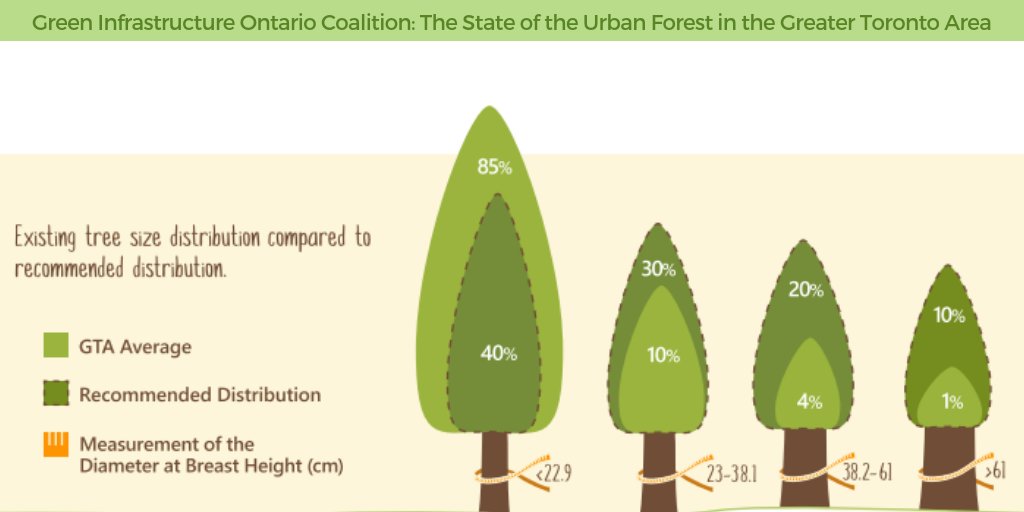Identifying The Correct Time For Tree Removal - An Overview For Homeowners
Identifying The Correct Time For Tree Removal - An Overview For Homeowners
Blog Article
Developed By-Merrill Abrahamsen
Trees include elegance and value to building, but they can additionally pose a threat during severe weather condition events. If a tree has quit expanding, is displaying noticeable fungal growth, or has a leaning trunk, it must be removed by an expert to avoid property damages and injury.
To learn more, participate in a house owner resource fair co-hosted by HPD, the Center for New York City Neighborhoods, and Brooklyn-based real estate companions this night in Bedford-Stuyvesant. The occasion will feature the Property owner Manual, a new guide to aid homeowners navigate the obligations of possessing a home.
1. Dead or Dying Branches
Trees are an essential part of your home's landscape, providing shade and beauty. They additionally supply sanctuary for wildlife and create oxygen, however also healthy trees can experience health problems that might demand their elimination. Dead or dying trees aren't simply unsightly, they can be harmful. pop over to this website can drop during a storm, causing expensive residential property damages and injuries.
When a tree's branches begin to pass away, it indicates that its framework is starting to break down. If most of its branches are dead, it is likely time to remove it.
Try to find an absence of new growth, bark peeling, open injuries or cavities, fungi growing on the trunk or roots and a basic appearance of decay in the whole cover. These indicators of infection can indicate a major issue that will certainly need specialist tree solutions to fix.
2. Leaning Trunk
While it's typical for trees to lean every so often due to phototropism, if a tree has an unsafe or serious lean that's not due to natural processes - maybe an indicator that the tree needs to be gotten rid of. If the tree is favoring a power line, home, vehicle, play structure or any other location that could be hazardous to people if it drops, after that speaking to a professional tree service for removal should be a leading concern.
garden and tree maintenance 's also crucial to look for any sudden changes in a tree's leaning as it can indicate damages to the origins or trunk that might result in dropping. This is particularly real throughout stormy weather, since high winds and rain-soaked soil can cause a lean to change quickly. Regular monitoring, specifically during and after storms can assist homeowners identify possible issues with their trees so they can call an arborist for an extensive evaluation.
3. Insect Infestation
Some pest invasions, such as wood-boring insects like emerald ash borer or sap-suckers like range pests, are so severe that they can create a tree to pass away. The most effective means to avoid pest problem is to monitor your trees on a regular basis. Look for areas, holes, or stainings in the leaves and bark. Check out the trunk for fractures and indications of insect damage, such as passages or tracks.
If a tree becomes also infested with pests, or is close to a home or high-voltage line, an arborist might suggest removal. If https://sites.google.com/view/growth-maintenance/ leaning tree creates a new, unstable lean, an arborist will likely advise removal as well to make sure the safety and security of individuals and residential or commercial property. If a weakened or dead tree continuously drops extreme branches, it is an indicator that it is time to eliminate the tree. If a tree remains to shed branches for an extensive period of time, it could bring about architectural problems and possible residential property damage.
4. Harmed Trunk
Trees are an attractive and integral part of our landscape, yet they do need routine care to keep them healthy and balanced and safe. If a tree is harmed beyond repair it is likely time for it to find down.
Search for signs of damage to the trunk, including upright splits, seams, dead branch stubs, noticeable injuries or open tooth cavities and serious tree-rot. The existence of fungi at the base of the trunk is one more cautioning indication. Fungi might indicate that the phloem and xylem (life-support tissues) are compromised, enabling the spread of disease or a future failure.
Likewise, consider whether the tree has actually quit growing. Healthy trees will have brand-new growth every year, which might be visible as buds or branches sprouting and prolonging. If you do not see any type of new development, it's an excellent idea to have an arborist evaluate the tree and follow their suggestion for removal. A dying or damaged tree can fall and trigger residential property damage.